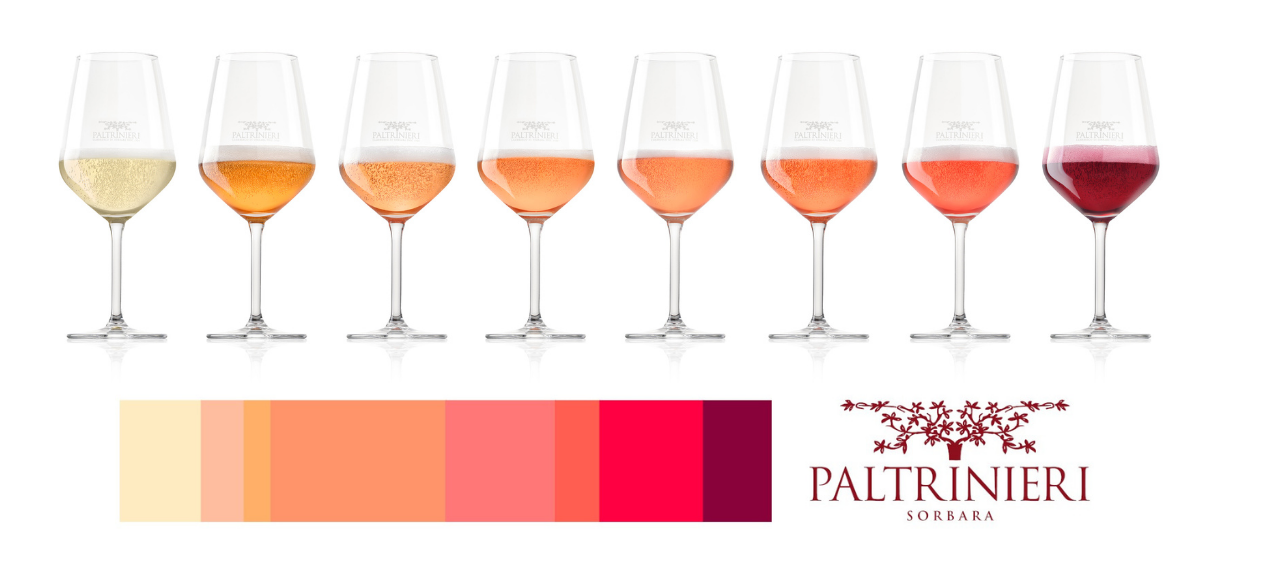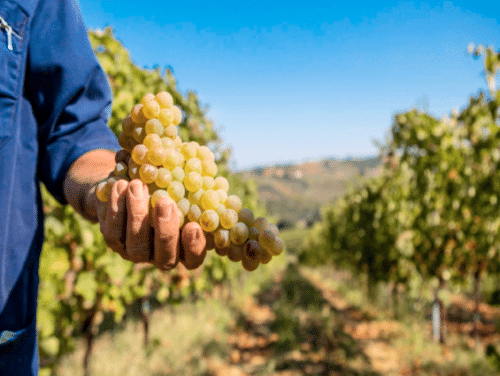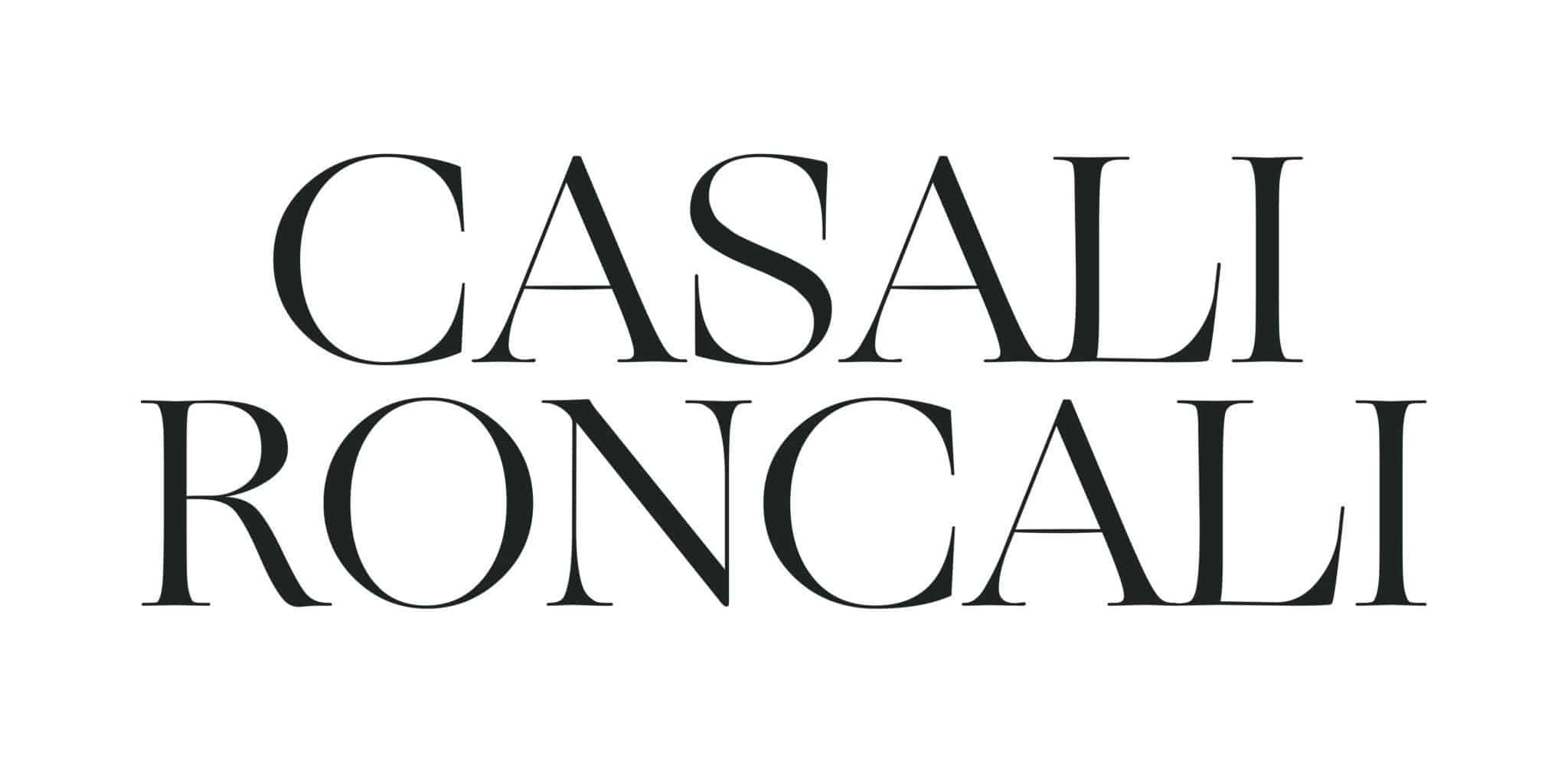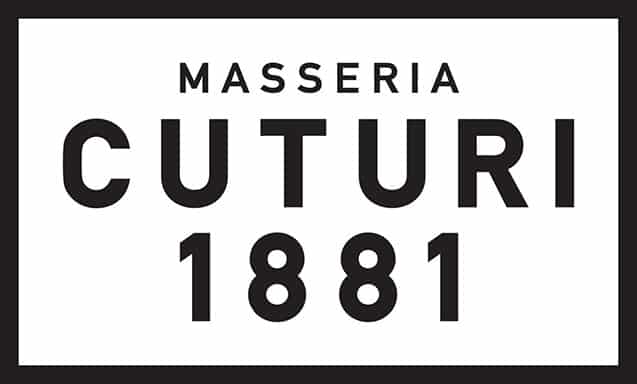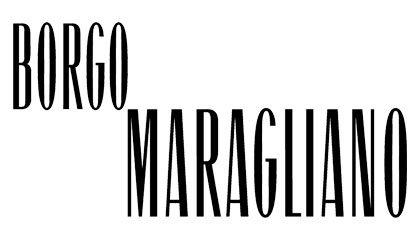Falstaff: nice ratings for Cantina Paltrinieri
Continue readingFalstaff: high ratings for Zenato
Falstaff: high ratings for Zenato
Continue readingFalstaff Points for CasalFarneto
Falstaff Points for CasalFarneto
Casal Farneto, has received outstanding recognition from Falstaff, one of Europe’s most prestigious wine guides. Five of their signature wines were awarded high scores, a testament to the dedication, passion, and unique terroir of the Marche region.
CasalFarneto:
Nestled in the rolling hills of Serra de Conti, in the heart of Italy’s Marche region, Casal Farneto is more than just a winery; it’s a philosophy. Their motto, ‘il gusto del tempo’ (the taste of time), guides everything they do.
Founded in 1995, the estate spans 35 hectares of vineyards, situated in the classic Verdicchio dei Castelli di Jesi area. They embrace a philosophy that beautifully merges tradition with modern innovation, operating as a ‘technological farm’ that deeply respects the rhythms of nature. Sustainability is at their core, with a strong focus on organic practices to ensure every bottle is a true expression of their land.
While their soul is rooted in the region’s noble white grape, Verdicchio, CasalFarneto also cultivates exceptional red varieties like Montepulciano, Sangiovese, and Cabernet Sauvignon, crafting wines of structure, elegance, and longevity.
The guide uses a 100-point scoring system, which is the international standard for rating wine.
95-100 Points: An absolute classic or ‘wine of the century.’
93-94 Points: Outstanding. (Awarded to Otto Borghi)
91-92 Points: Excellent, among the best of its vintage. (Awarded to Crisio & Gran Casale)
88-90 Points: Very good, a highly recommended wine. (Awarded to Diego & Fontevecchia)
The five Casal Farneto wines that captured the attention of the Falstaff critics are:
93 Points
Otto Borghi – Marche IGT Rosso
A masterful blend of Montepulciano, Cabernet Sauvignon, Merlot, and Petit Verdot.
Tasting Notes: This is a wine of remarkable structure and elegance. It greets the nose with intense aromas of ripe black cherries, blackberries, and plums, layered with notes of spice, leather, vanilla, and chocolate from its 18-month aging in French barriques. The palate is warm, full-bodied, and rich, with soft, velvety tannins and a long, fruity finish.
92 Points
Crisio – Verdicchio dei Castelli di Jesi Riserva DOCG
-100% Verdicchio Riserva.
Tasting Notes: This is a full-bodied, complex, and incredibly elegant white wine. It offers a beautiful bouquet of citrus, white flowers, and ripe peach, underpinned by notes of aromatic herbs and a distinct minerality. The finish is persistent and characterized by the classic Verdicchio almond note, promising excellent aging potential.
91 Points
Gran Casale – Rosso Conero Riserva DOCG
-tribute to the other great grape of the Marche: Montepulciano
Tasting Notes: A deep ruby-red color, this wine opens with an intense, vinous nose of sour cherry, plum jam, and delicate spicy notes. After aging in oak, the palate is structured, warm, and harmonious, showing a soft texture and a persistent, flavorful finish that perfectly balances fruit and spice.
90 Points
Diego – Verdicchio dei Castelli di Jesi DOC Classico (Vino Biologico)
100% Verdicchio Classico, crafted from organically grown grapes.
Tasting Notes: Bright, fresh, and inviting. The nose is bursting with notes of yellow plum, fresh pear, and citrus, with a lovely hint of meadow flowers. The palate is juicy and vibrant, with a racy acidity that makes it incredibly refreshing and easy to drink. A clean, dry, and thoroughly enjoyable organic wine.
90 Points
Fontevecchia – Verdicchio dei Castelli di Jesi DOC Classico Superiore
This Verdicchio Superiore is named for the ‘old spring’ that borders the estate.
Tasting Notes: A classic in every sense. It offers elegant aromas of white flowers, green apple, and citrus peel, backed by a signature high-minerality ‘wet stone’ character. The palate is perfectly balanced between fresh acidity and a rich texture, leading to a long, persistent finish with the hallmark almond flavor.
Discover ‘the taste of time’ and explore these award-winning wines.
For more information:
www.casalfarneto.it
Falstaff: awards for Cantina LaSelva
Falstaff: awards for Cantina LaSelva.
TOSCANO ROSSO PRIMA CAUSA 2022
Prima Causa was the first big challenge of Cantina LaSelva.
A blend of Cabernet Sauvignon, Merlot and Petit Verdot, a symbol of their desire to express the high quality of the grapes through a wine of character with a balanced, complex structure. A solid, enduring wine just like the winery.

60% Cabernet Sauvignon
30% Merlot
10 % Petit Verdot
Each variety is harvested and vinified separately.
After harvesting, the grapes are immediately destemmed and crushed in order to avoid any possibility of oxidation. The controlled temperature fermentation process lasts 10 days for the Merlot and 20 days for the Cabernet Sauvignon and Petit Verdot; at the end of fermentation, the wines are put into new French Allier oak barriques for the Cabernet Sauvignon and Petit Verdot, and second-fill for the Merlot. After 12 months, the wines are combined and bottled, and before being placed on the market, Prima Causa ages in bottles for at least 12 months.
MERLOT TOSCANA PERVENTUM 2022
From the Latin Perventum: arrived, achieved, fulfilled.
The second great personal challenge of the winery represents the culmination of a long journey of growth and maturation. A wine of great elegance, balance, and complexity that celebrates the beauty of waiting and the value of time.

100% Merlot
The grapes, after a rigorous selection carried out during the harvest, are immediately brought to the cellar where fermentation begins in stainless steel tanks; to best preserve and enhance the typical characteristics of this great grape variety, multiple pump-overs are performed daily. Once alcoholic fermentation is complete, the wine is racked and undergoes an aging period during which malolactic fermentation takes place. At this point, it is transferred into new French oak barriques, and after the maturation period in wood, the wine undergoes further bottle aging for several months before being released to the market

Cantina LaSelva is an organic winery located in the heart of Maremma, in the southern part of Tuscany,
The winery is part of a larger organic farm, Azienda Agricola LaSelva, which has been a pioneer in organic farming in Europe since its founding in 1980. The winemaking philosophy is centered on the principle of “nothing taken away, nothing added,” with a focus on producing authentic, high-quality wines that reflect the unique terroir of the region
Founded by Karl Egger, a German entrepreneur, LaSelva began as a 7-hectare organic farm in 1980. Egger was one of the co-founders of the Naturland organic farming association, and in 1984, LaSelva became the first company outside of Germany to be Naturland-certified. While the farm initially focused on fruits and vegetables, the winery was a natural extension of this organic vision. The winery building, constructed in 2003, is largely underground, designed to blend into the landscape and maintain a constant temperature and humidity for optimal wine aging.
The winery’s mission is to be a bridge between nature and culture. The team, including winemaker Giulio Serafinelli and oenologist Leonardo Conti, works with meticulous care, respecting the natural balance of the land. They aim to capture the flavors and aromas of the Maremma region in every bottle.
Cantina LaSelva’s vineyards span over 30 hectares, divided into several plots in the Maremma area. The soil is predominantly clay, rich in minerals, limestone, and marl. The coastal influence of the Tyrrhenian Sea provides a unique microclimate with salty breezes, contributing to the character of the wines. The vineyards are located at various altitudes, from plains at sea level to hillsides up to 120 meters.






Masseria Cuturi’s awards’ update
Masseria Cuturi’s awards’ update
Continue readingFalstaff: awards for Pinot Grigio Casali Roncali
Falstaff: awards for Pinot Grigio Casali Roncali


PINOT GRIGIO COLLI ORIENTALI DEL FRIULI CASALI RONCALI
Harvested in the morning, it is macerated for a few hours in the press and then fermented in steel tanks at a controlled temperature to enhance the fruity notes.
Floral and fruity aromas of acacia and hawthorn accompanied by aromas of dried fruit, almonds and hazelnuts. You can perceive mineral and flint notes linked to the cultivation soil. On the palate it is decisive, mineral, warm and enveloping.
CABERT
From tradition in the vineyard to innovation in the winery
THE WINERY: surrounded by large expanses of vineyards, the Cabert headquarters is located in Bertiolo, in the Italian region of Friuli Venezia Giulia.
Founded in 1960, Cantina di Bertiolo processes the grapes of 60 winegrowers who are, at the same time, the shareholders of CABERT. Our winegrowers have centuries of passion behind them, as well as a sincere attention for their vines, and a cultural heritage handed down from generation to generation.
Over the years, Cabert have established a production chain, from the cultivation of grapes through to bottling, where the use of technology has allowed them to integrate traditional methods of wine-making with the very best cutting-edge techniques.
The equipment used for harvesting and subsequent processing allow us to preserve all the quality and intrinsic qualities of the grapes. This breathes life into wines with a balanced character, a vivid aromatic profile, and a strong sense of terroir, wines offering the pleasure of good drinking, and created to be appreciated on any occasion.




The Casali Roncali line was created the aim of enhancing the excellence of the Friuli Colli Orientali area. From a careful selection by our winemakers, mineral, balanced and well-structured wines are shaped into a completely renewed packaging that reflects all the quality that you will find in every single glass.
Keep up with Cabert
↓
Falstaff awards for Masseria Cuturi
Falstaff Toscana Centrale Trophy 2025: awards for Fattoria Ambra
Continue readingFalstaff’s ratings for Monzio Compagnoni
The WineHunter: new ratings for Monzio Compagnoni
Continue readingBorgo Maragliano’s awards update
Borgo Maragliano‘s awards update: Falstaff rated Borgo Maragliano’s Blanc de Blancs Alta Langa 2020 with 93 Points.

ALTA LANGA: The appellation requires a minimum of 30 months on the fine yeast in the bottle to qualify as DOCG.
The first italian Classic Method was born in 1865 in Piedmont – Canelli – a village nearby Loazzolo.
Loazzolo is one of the selected Villages of the Upper Langa.
Starting in the early 1980s, the Galliano Family began experimenting with Chardonnay and Pinot Nero to produce Classic/Champagne Method Sparkling Wines.
PRODUCTION TECHNOLOGY
100% Chardonnay grapes.
Bottled in the April of the year after harvest and, after dosage and the immediate addition of yeast from the batch, it undergoes second fermentation. At the end of this process, which creates the characteristic foam, the wine continues to mature on lees for about 32 months. During this period the wine loses its herbaceous characteristics and acquires everything it takes to become a very delicate and refined sparkling wine. Then “riddling” and “disgorging” operations prepare it for consumption, which takes place from about three years after harvesting.
TASTING NOTES
A sparkle characterised by very fine chains of bubbles in a pale straw-coloured wine with greenish highlights. The structured bouquet features sensations of fruit, lime, aromatic herbs and honey, with acacia blossom, which bring out the true nature of the Chardonnay grape. The delicious entry makes its very seductive and harmonious as it lingers on the palate. The remarkable flavour of this Blanc de Blancs expresses the true characteristics of a great grape grown in a very hostile terroir.
GASTRONOMIC PAIRINGS
Perfect on its own or as an aperitif accompanied by shellfish, raw fish or fresh cheese.

Five generations of farmers who have learned to watch the sky and cope with the unpredictability of the climate and natural events.
The first written records of the family date back to an entry in the church registers in 1790, recording the birth of Giovanni, progenitor of the Galliano family, an enterprising, determined and brilliant man who was very proud of his home.
It was 1850 when he decided to purchase the first plot of land in the municipality of Loazzolo. Giovanni had travelled widely, giving him an opportunity to broaden his horizons, and his entrepreneurial mind was filled with the belief that cultivating vines was the way forward
It was the beginning of the twentieth century; a time described as very bitter in the works of Cesare Pavese, which left its mark on the history of the little village of Loazzolo and the Galliano family.
Giovanni’s grandson Carlo died, leaving his wife Teresa to bring up her two young children alone, Giuseppe and Anna Maria. Teresa, obstinate and hard-working, coped with every adversity and never once gave in to the temptation to “run away” from this unfortunate area.

Giuseppe encouraged his son Carlo to study Oenology in Alba and, spurred on by his father, he immediately set to work on the vinification of one of the Langa’s greatest grapes, Moscato.
His passion and dedication knew no ends.
The experience of the generations that had gone before him was reflected in his work, along with the desire for innovation in both the vineyard and the cellar: he challenged his land and himself, attempting something that had never been tried before in these
soils dedicated to the cultivation of Moscato and becoming the first producer of a Traditional Method Sparkling Wine using Chardonnay and Pinot Noir. The unique pedoclimate proved him right.
Today, Borgo Maragliano is a cellar that is looking to the future once again, through the eyes of the new generation, represented by Carlo and Silvia’s sons: Giovanni, Francesco and Federico.

Take a look at their website and discover more about Borgo Maragliano’s world
Falstaff: Grandi Rossi Veneti Trophy
Falstaff: Grandi Rossi Veneti Trophy: 91 Points to Cantina Colli Euganei‘s Notte di Galileo and 90 Points to Merlot Rialto.
Made from grapes from selected wineries in the DOC area of the Euganean Hills that participate in the Quality Project, launched by Cantina Colli Euganei in 1998.
The project aims to promote the traditional nature of the area and the grape varieties used to make Colli Euganei Riserva.
The grapes are left to ripen until the optimum harvesting time while checking their condition, sugar content and other important substances. Then the vinification process, carried out by the winemaker, highlights the characteristics of Merlot and Cabernet Sauvignon grapes through prolonged contact between the must and the skins at a controlled temperature so that all substances can be fully released. After fermentation, the wine is stored in fine oak barrels for 15-18 months so that it can fully age and acquire fragrances and smoothness. Maturation is completed in bottles to give the wine an excellent taste.
The presence of marine fossils in the territory of the Euganean Hills testifies their origin: an archipelago of volcanic islands that emerged 130 million years ago.
The decisive reliefs separated by fresh valleys, the suitable sun exposure and the. mixing of the alluvial deposits with the disintegrated volcanic rocks, they determine intense qualitative characteristics in the grapes.
These peculiarities give the red wines the color and strength they draw from the land, as well as intensity of smell and taste.

Cantina Colli Euganei was born at the center of this tradition. Their history is intertwined with that of the territory, which was the protagonist, since the 1940s, of a reconstruction and a revival based on the enhancement of the wine heritage. The common objective was to arrive at the definition of a Denomination of Origin, with a ‘variety’ approach.
The cooperative, which was born in ’49 and vinified for the first time in ’51, has always been in tune with this choice: offering a diverse range of wines with an authentic identity, an expression of a land and a culture.
Thanks to the expertise of capable and technically prepared men, Cantina Colli Euganei has managed to maintain this spirit until today, knowing how to listen to the evolution of taste and expectations of those who appreciate wine in the world.

Today, as a cooperative, Cantina Colli Euganei brings together about 680 winemakers, spread over the protected area of the Euganean Hills Nature Reserve.
The winery is situated in the heart of the Veneto region, in the middle of an area that has been dedicated to vine and olive tree growing since ancient times. Today, it is acknowledged by the latest regulations of 2010 as a DOC and DOCG area.

The grapes are grown on the farms of the municipalities of Vo’, Rovolon, Torreglia, Galzignano Terme, Lozzo Atestino, Cinto Euganeo, Arquà Petrarca, Este, Baone, comprising 700 hectares of rows of vines and providing an opportunity to best enhance the character of various wines: from fragrant white wines sweetened by the sun to more intense velvety red wines.
The northern slopes give rise to Serprino wines with their young and bubbly character, enriched with hints of flowers and fruit. The areas most exposed to the sun highlight the balanced sweetness of Fior d’Arancio DOCG, whereas the soils to the south provide full-bodied and intense red wines.
This varied morphological landscape, offering soils with different nutrients, is the perfect habitat for highly prestigious native grape varieties such as Serprina, Moscato Giallo, Moscato Bianco and Pinella, as well as international varieties including Cabernet Sauvignon, Cabernet Franc and Merlot.
More info?
Take a look at their website


